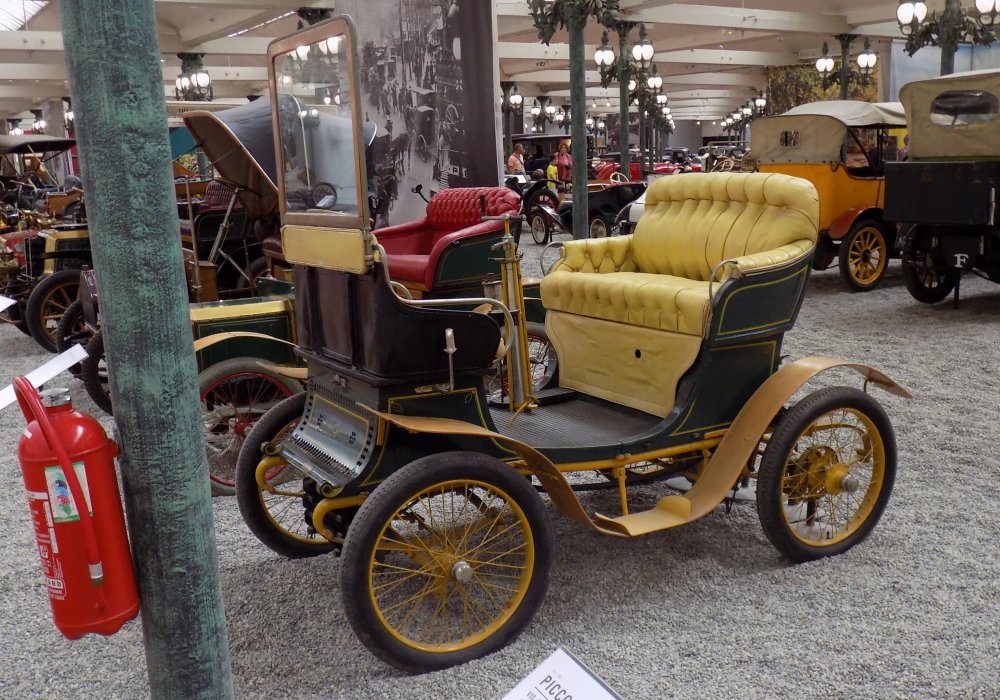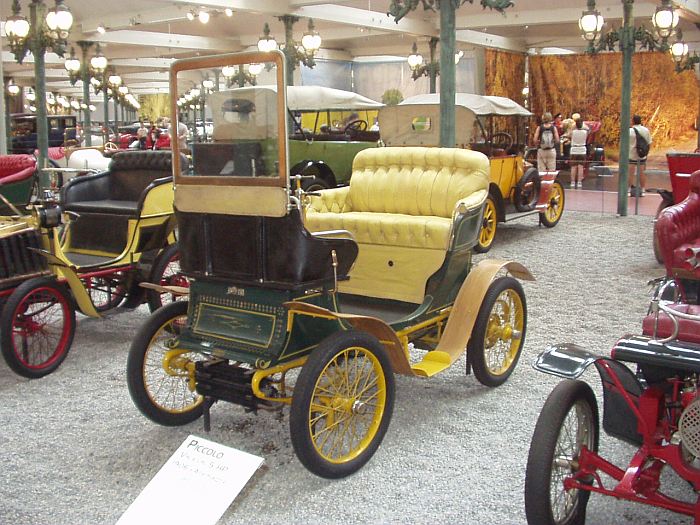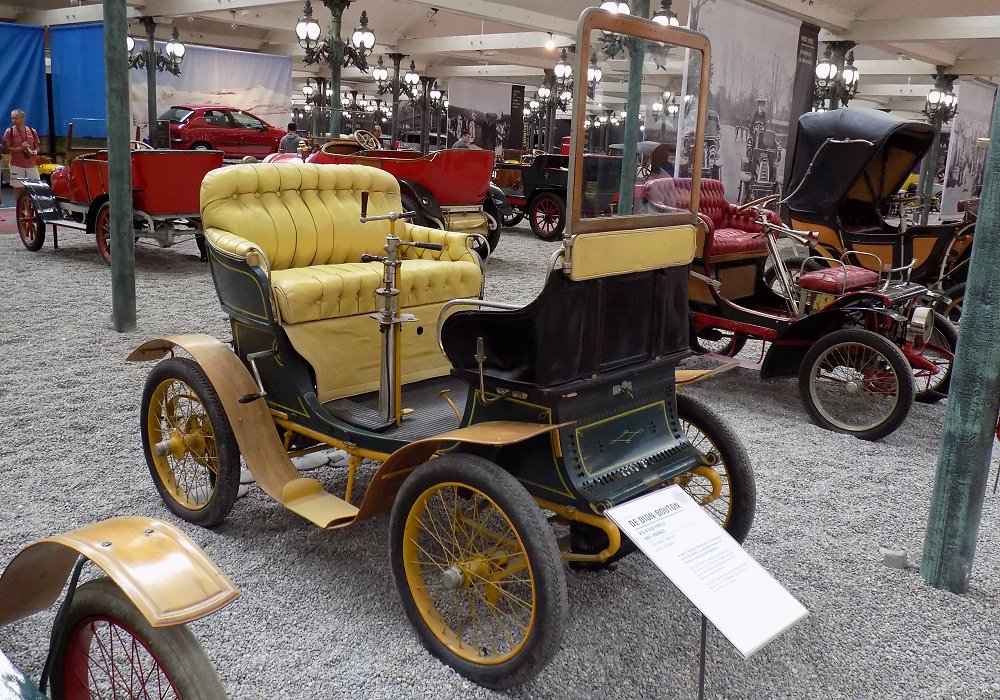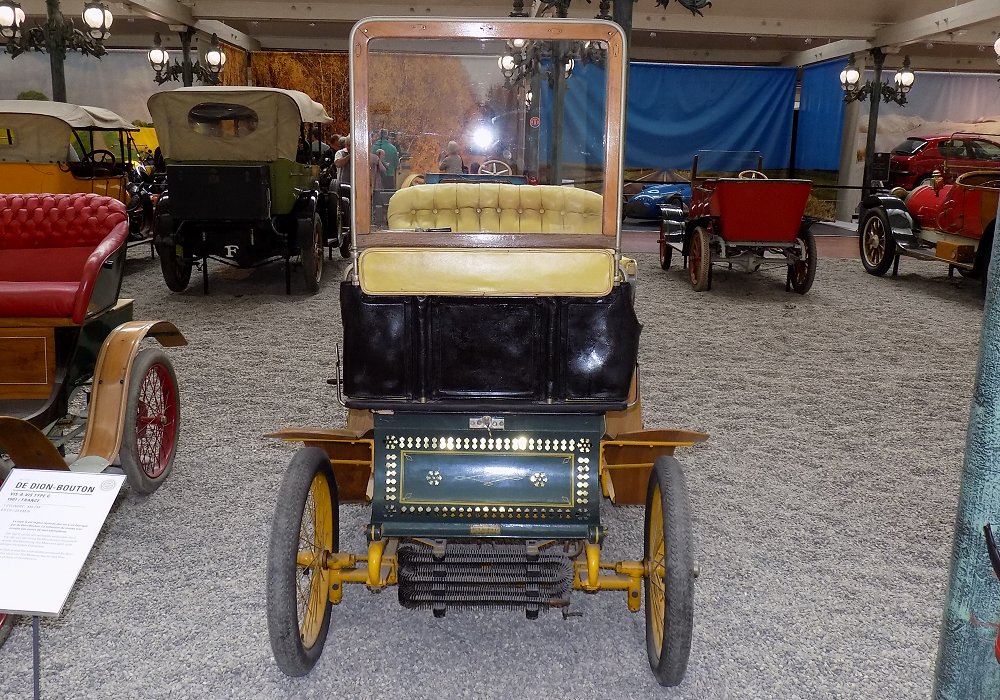Description
The De Dion-Bouton Type G Vis-à-Vis was a small yet elegant motorcar produced in the early 1900s by the influential French automobile manufacturer De Dion-Bouton. As with many of their early models, the Type G played a significant role in bringing practical, gasoline-powered vehicles to a broader audience during the pioneering days of motoring.
The Type G was powered by a single-cylinder engine, a hallmark of De Dion-Bouton’s engineering during this period. Mounted at the rear of the car, the engine produced modest power—typically around 3.5 to 4.5 horsepower—but was celebrated for its smooth operation and mechanical reliability. The engine featured a mechanically operated exhaust valve and an automatic intake valve, with ignition provided by a hot-tube or low-voltage system, depending on the year of manufacture. Power was transmitted to the rear wheels via a two-speed gearbox and chain drive, a common configuration for early automobiles.
The term “vis-à-vis” referred to the seating arrangement in which passengers sat facing each other. In the Type G, the driver typically sat at the rear, elevated slightly above the forward-facing front seat passengers. This arrangement, a carryover from carriage design, was both sociable and stylish, especially appealing in an age when the automobile was a novelty and public outings were as much about being seen as about transportation.
The car’s lightweight frame and compact dimensions made it nimble and reasonably easy to maneuver. Suspension was provided by leaf springs over solid axles, which offered a degree of comfort over the rough roads of the time. Wheels were wooden-spoked and shod with solid rubber or early pneumatic tires. Braking was rudimentary, typically using a transmission brake and a hand-operated rear brake, but sufficient for the car’s modest top speed of around 30 km/h.
The De Dion-Bouton Type G Vis-à-Vis exemplified the early evolution of the automobile from experimental contraptions into reliable personal transport. Its elegant design and dependable mechanics made it popular with early motorists, especially in urban and upper-class circles. Today, the Type G stands as a cherished reminder of the dawn of motoring, combining charm, innovation, and a distinctive social flair that defined the Edwardian motoring experience.



